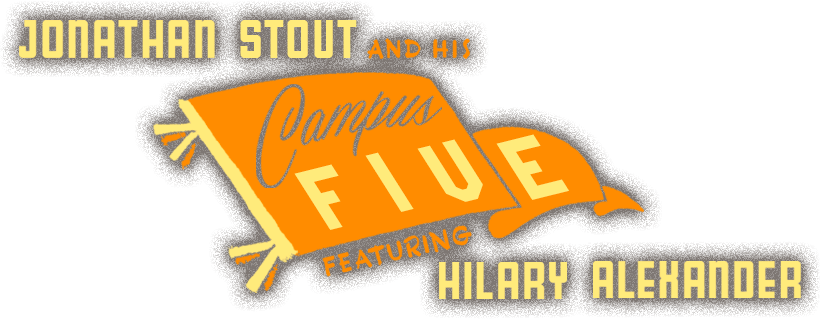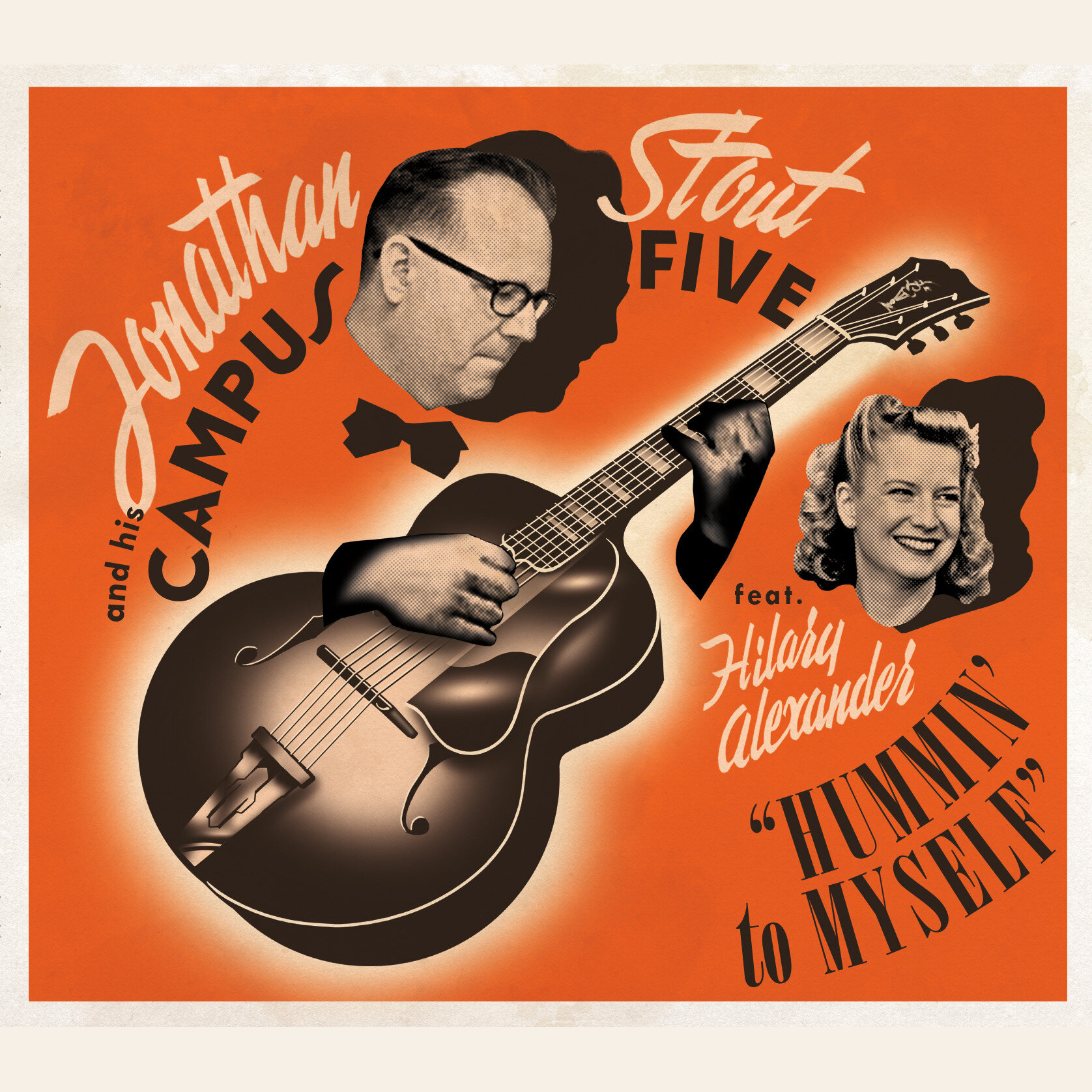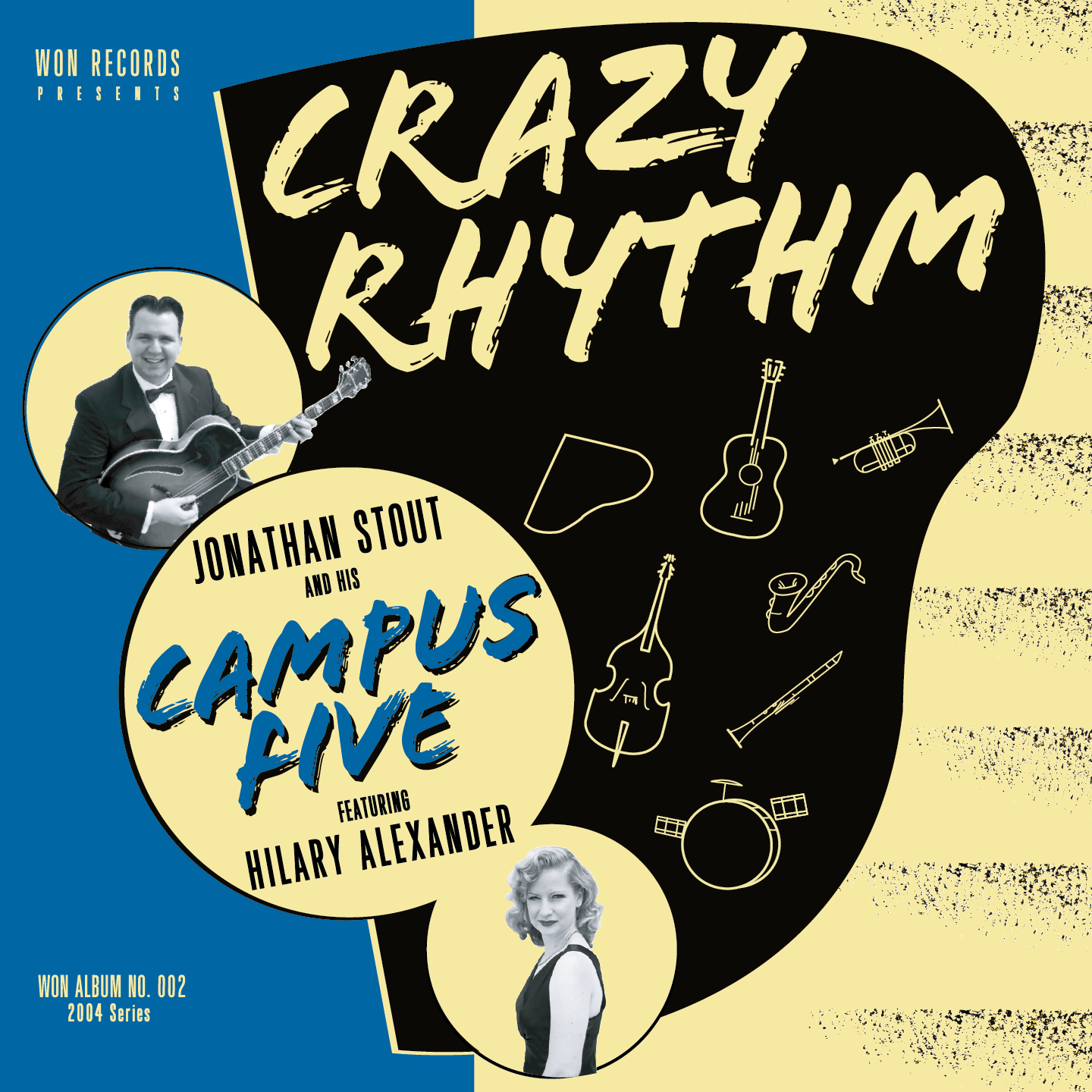Rhythm Guitar: I Can't Give You Anything But Love (advanced)
/Since "I Can't Give You Anything But Love" has so many classic chord changes, it's a good showcase for many classic advanced rhythm guitar moves.
I Can't Give You Anything But Love - advanced (PDF)
Again, lets go through the changes:
1. Here, were using a very typical inversion more to set up the diminished passing chord. Jumping from a root position shape to the 1st inversion (meaning the 3rd in the bass) is a very common move. Also, the 1st inversion chord doesn't have a 7th, so it can be used with any major-type chord. Of course, the best part is how it moves into the diminshed passing chord.
2. In mm.8-9, I use a "tritone substitution" in passing from Eb7 to Ab7, stopping in between at an A7. If you look at the fingering shape, the only change is in the bass is Bb->A. Now, that could just be passing movement in the bass without calling it a new chord. But, sometimes that passing chord (which is a tritone away from the original chord - Eb->A is a flatted 5th) is drawn out for a longer duration. However, functionally, the A7 is just acting as a funky sounding Eb7.
3. In mm.9-11, this is what I call a "walk up." This a very common move over any dominant 7 chord. I learned this from John Reynolds at my first and only "lesson" with him (that story will be it's own post). Basically the middle two chords, E7->Bº, are just diminished passing chord. Although it says E7, I think the function is better described as a Bbº, which would be fingered exactly the same way, anyway. Finally, instead of playing the Db6 at the 4th fret, we play it at the 9th fret to finish the upward movement.
4. In mm.12-13, this is what I call a "walk down." This is done over a distance of a minor 3rd, such as a I->VI7 move (see mm.27-28), or in this case a IV->II7.
5. M.14, another 1st inversion chord, just to break up the static chord. You could walk this chord up, like we did in mm. 9-11, but we'd end up with an Eb7 chord at the 11th fret, which I find a bit too high.
6. Mm.17-23, same moves as last time.
7. MM. 25-26, these are the same chord as the simple version, just shifted up the neck following the "walk up."
8. MM. 27-28, here is the second "walk down", and this time with the roots on the A string.
9. MM. 31-32, this is a simple I-vi-ii-V vamp as a turn around. Notice that the vi7 (Fm7) voicing is the same as the I in 1st inversion (Ab/C). That can be very handy. In fact, even the full chords of a I6 and a vi7 have exactly the same notes (i.e. Ab6=Ab, C, Eb, F - Fm7=F, Ab, C, Eb). You will see some modernized changes where they call for a vi7 chord, where in reality you could just as easily play a I6.\
Gives these moves a run through and see what happens. Your comments are always welcome.







